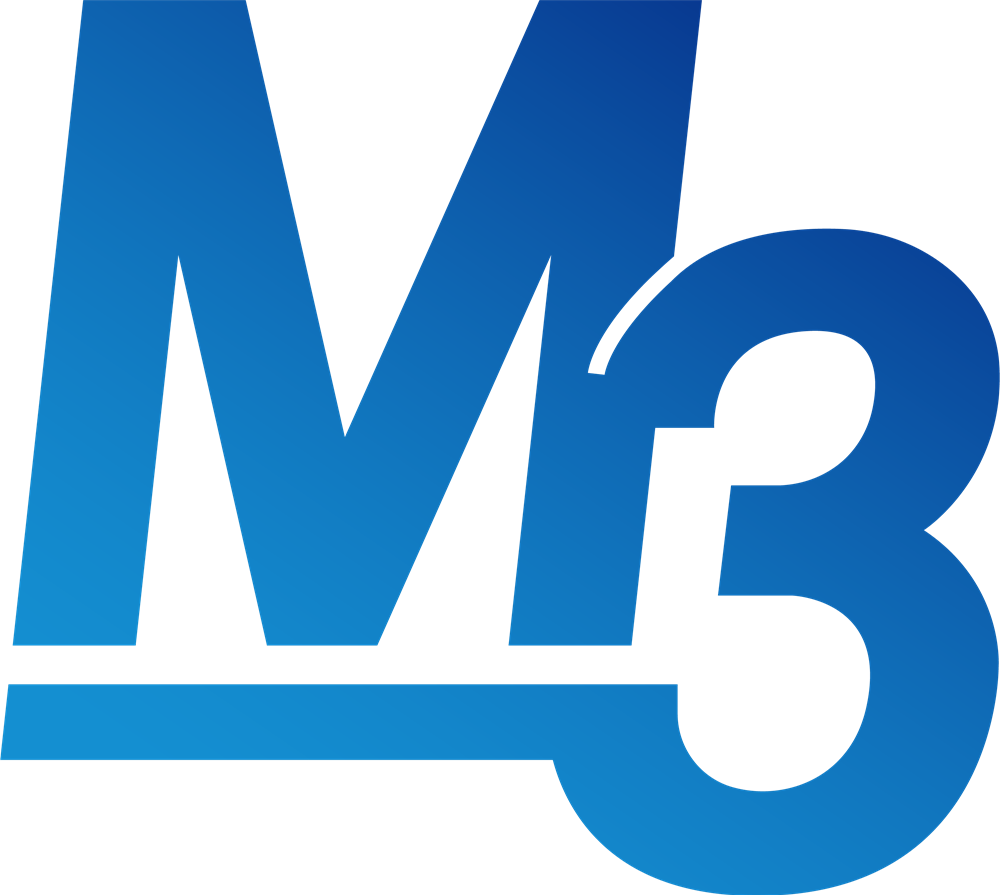In the fast-paced, target-driven sector of front-line sales, leadership is not a luxury but a necessity. While traditional leadership development programs are often geared toward managers or executives, there is a growing recognition that leadership development training must start much earlier. For sales teams especially, frontline representatives are expected to follow processes, lead conversations, adapt strategies, and influence buyers. So, what does leadership training look like when applied directly to the front lines of sales?
This article will explore how leadership development training is reimagined in sales, what skills it cultivates, and how it transforms people into high-performing, influence-ready leaders.
The Urgent Need for Frontline Leadership in Sales
Beyond Titles: Leadership as Action
Leadership on the sales floor often has little to do with titles and everything to do with initiative. A sales rep who can think strategically, adapt on the fly and motivate their peers already exhibits leadership, even if they don’t have “manager” in their title. This informal leadership is key in environments where goals must be met in real time and relationships are built in minutes.
Leadership development training in sales settings recognizes this by focusing on practical skills that are immediately applicable: leading sales meetings, owning customer relationships, and making proactive decisions that improve team performance.
Why Traditional Models Don’t Work
Conventional leadership training often assumes participants have time to reflect, journal, and participate in role-playing exercises over several days or weeks. But salespeople rarely have that luxury. In sales, learning has to be fast, experiential, and embedded within day-to-day routines. That’s why leadership development on the front lines takes a radically different shape—one that combines coaching, feedback, and immersive challenges.
Core Components of Leadership Development Training
1. On-the-Job Mentorship and Shadowing
Mentorship is a cornerstone of leadership development, especially on the sales floor. But, rather than formal mentorships that last months, sales teams benefit from shorter, focused shadowing sessions where junior reps observe how seasoned professionals handle objections, negotiate terms, or pivot in high-stakes meetings.
The best programs pair this with structured reflection, asking trainees to articulate what they observed and how they’d apply it. This synthesis builds both tactical skills and strategic thinking.
2. Situational Leadership in Real Time
Sales professionals frequently lead without authority, guiding clients through decision-making processes, influencing internal stakeholders, or supporting peers. To prepare for this, leadership training focuses on situational leadership models: frameworks that teach reps to adjust their style based on the readiness and personality of others.
For example, a rep might learn when to take a directive approach with a hesitant prospect and when to be more collaborative with an experienced buyer. This type of adaptive thinking is a hallmark of effective frontline leadership.
3. Tactical Communication Skills
Leadership in sales is tied to communication. Leadership development programs often include:
- Persuasive communication: Teaching reps to frame conversations around buyer motivations.
- Active listening: Equipping reps to read between the lines and uncover unspoken needs.
- Conflict resolution: Preparing reps to de-escalate situations with frustrated customers or resolve disagreements within the team.
These skills are taught through interactive workshops, call reviews and real-time coaching. Because frontline sales are high-stakes, these lessons stick; they’re learned in the heat of the moment and reinforced with immediate feedback.
Building Influence: The Hallmark of Sales Leadership
Internal Influence: Leading Peers Without a Title
Good leadership training teaches reps how to lead laterally—through influence rather than authority. That means learning to:
- Share winning strategies without arrogance.
- Provide constructive feedback to peers.
- Take initiative on projects or pilot programs that improve sales outcomes.
Some programs encourage reps to lead “lunch-and-learns,” onboarding presentations, or short training sessions for new hires. These experiences give them early exposure to leadership responsibilities while enhancing their credibility among peers.
External Influence: Guiding Buyers with Authority
Sales leaders must also know how to guide customers with authority and empathy. Leadership development training shows reps how to:
- Set agendas in meetings.
- Manage the decision-making timeline.
- Confidently challenge customer assumptions when necessary.
These programs help reps develop consultative selling techniques, transforming them from product pushers to trusted advisors, a necessary shift in long-cycle or high-value sales.
Feedback Loops That Reinforce Leadership Growth
Manager-Led Coaching
Sales managers are pivotal in frontline leadership development. Great managers don’t just review metrics—they actively coach behaviours. Through regular 1:1s, ride-alongs, and performance reviews, they help reps connect their actions to outcomes. Key strategies include:
- Behavioural coaching: Focusing not just on whether a deal was closed but how it was handled.
- Real-time debriefs: Analyzing calls or meetings within minutes of completion while lessons are still fresh.
- Stretch assignments: Assigning reps to lead team meetings, run training pilots, or mentor others.
This feedback loop helps internalize leadership behaviours in practical, scalable ways.
Peer Feedback and Self-Reflection
Some of the most effective leadership growth comes from peers. Forward-thinking teams implement peer review processes where team members evaluate each other on communication, collaboration, and initiative. This encourages a culture of shared leadership, where everyone feels accountable for individual performance and the team’s success.
Self-reflection is built into daily routines. Some teams use journals, voice memos, or Slack channels where reps reflect on what they learned, what went well, and what they’d change.
Embedding Leadership Development Into Sales Culture
Culture of Continuous Learning
Organizations that see real change don’t treat leadership development training as a one-off event. Instead, they create cultures where leadership is continuously cultivated. This includes:
- Weekly leadership standups or forums.
- Recognition programs that highlight leadership behaviours.
- Internal career tracks that promote from within are based on leadership potential.
By tying leadership behaviours to career advancement, companies give frontline reps a clear incentive to lean into leadership development.
Celebrating Initiative and Experimentation
In many sales organizations, risk-taking is discouraged. However, leadership development programs on the front lines reward experimentation, trying a new sales script, designing a pilot campaign, or proposing a change in the CRM process.
These “experiments” often lead to breakthroughs, and more importantly, they empower reps to act like owners. That shift in mindset is a central goal of leadership development: transforming employees from task-completers to proactive problem-solvers.
Measuring the Impact of Frontline Leadership Development
Performance Metrics That Go Beyond Quota
While closed deals and revenue remain important, effective leadership development training introduces new KPIs to measure leadership growth:
- Peer recognition scores
- Manager feedback ratings
- Mentorship engagement
- Team project contributions
- Communication clarity in client meetings
These key metrics are often tracked via quarterly reviews or performance dashboards and are usually tied to promotion criteria.
Long-Term Organizational Benefits
Investing in leadership training at the rep level also fuels the company’s leadership pipeline. Reps who’ve been trained as leaders early on tend to:
- Ramp up faster in future roles.
- Deal with ambiguity better.
- Contribute to a more cohesive, collaborative culture.
In short, they’re better team players, managers, and eventually, executives.
Preparing Reps for Leadership, Not Just Management
Be sure to differentiate between teaching someone how to be a manager and helping them become a leader. The former might involve administrative tasks like scheduling or approving time off, while the latter is about influence, clarity, emotional intelligence, and ownership.
Leadership development training on the front lines of sales aims to elevate mindset as much as skill set. It helps reps see themselves as active contributors to the team’s vision and performance, not just executors of someone else’s plan.
Final Thoughts
Every high-performing sales team is filled with people who influence, support, and elevate those around them. Through leadership development training, these individuals are given the structure, skills, and confidence to lead effectively in real time. Whether it’s coaching a peer through a cold call, resolving internal conflict, or adapting to shifting buyer needs, sales professionals who lead from the front define the trajectory of their organizations.
A New Model for Sales Leadership
M3 Marketing proudly offers company leadership programs specifically designed to meet the demands of today’s front-line sales professionals. Our programs integrate real-world sales scenarios, hands-on coaching, and rapid feedback loops to ensure that leadership development isn’t just theoretical; it’s both actionable and immediate.
Contact us to discover what leadership looks like where it matters most.

